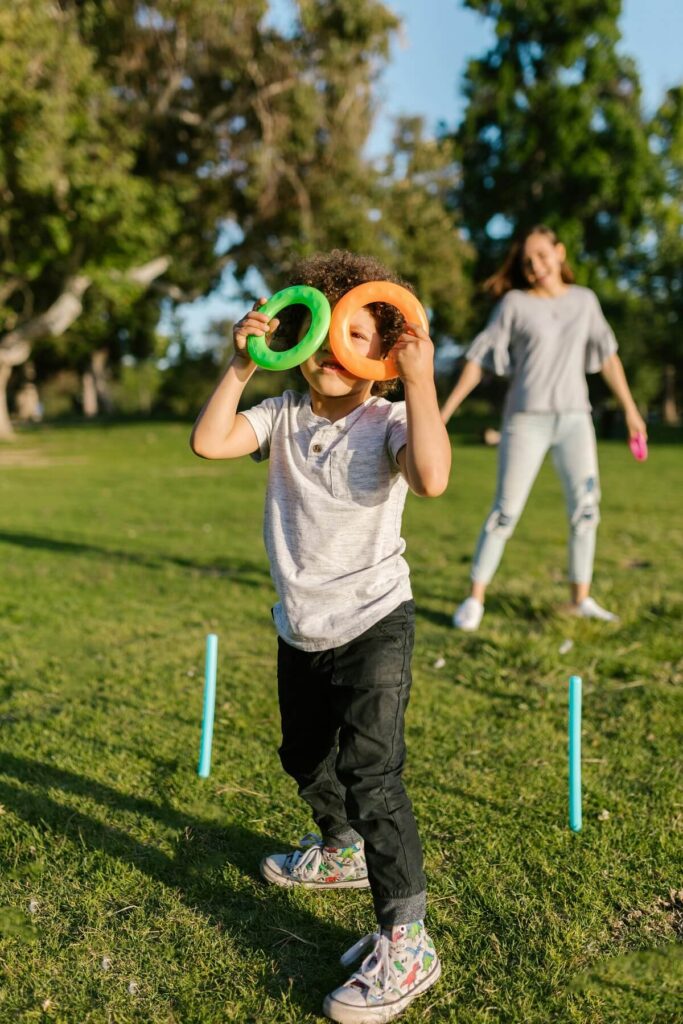
Young children are constantly discovering the world around them. And quite often, nature fits beautifully into elementary school lesson plans. For decades, kindergarten and preschool students have enjoyed things like seed germination activities in their science lessons. But can anything similar apply to the realm of mathematics?
As it turns out, the answer is yes! Through a Montessori kindergarten program, you can make math fun for students with a little help from the natural world, too. Here are four ideas to get you started:
1. Discovering the Art of Measurement
As an adult, it’s easy to forget how important it is for kids to learn the fundamentals before anything else. For instance, before they get into any measurement-related exercises, kindergarteners need to know how to use a ruler first and foremost.
That might sound like the groundwork for a pretty simple lesson plan, but plenty of kids will have a blast if you hand them a ruler and ask them to find things to measure outside as a means of practicing their new skill. Trees, rocks, bugs, and leaves are all fair game!
2. Geometry Hunt
In kindergarten, understanding geometry starts with the ability to recognize simple shapes. But why ask your child to point out shapes in a book when they can find them naturally outside? Challenge your students to point out as many shapes as they can while they head home, for instance!
Here are some basic examples:
- Rectangles: Bricks on the sidewalk, park benches, buildings
- Circles: Tire swings, wheels on passing cars
- Triangles: Some kinds of leaves
- Octagon: Stop signs
Kids might not be able to find every shape in every location (if you’re in a part of town with no stop signs, having them spot an octagon will be tough), but that’s alright! If your class has fun with this activity, they can try it indoors on rainy days, too.
3. Outdoor Number Line
Forming and using a number line is an activity that lets kindergarteners practice their basic math skills while getting physical activity in as well. Start by drawing a number line with chalk. You can go up to any number you like, but try starting with 15 or 20.
When each child takes a turn, give them a simple math problem (like 4+1). The child will have to solve the problem and then run or jump to the correct number. If you want to make the task even more hands-on, ask your students to make flashcards with math problems that can be called out during the game.
4. Fun With Patterns
Patterns aren’t just useful in arts and crafts. Being able to form and recognize patterns is an essential pillar of mathematics, and tactile learning helps keep young kids engaged. If you want your kindergarteners to get more comfortable and have fun with patterns, invite them to venture outside with you and create their own.
They might start with a simple alternating pattern (like a piece of mulch and a leaf repeating). But if they’re clearly getting more confident, challenge them to create more complex patterns. For instance, you might ask them to make a pattern using mulch pieces, leaves, and rocks.
Looking for a Great Montessori Kindergarten Program?
The learning experiences kids have in early childhood will shape them for the rest of their lives, so why not give your child the gift of a Montessori education? At Montessori School of Flagstaff’s Sunnyside Campus, we focus on personalized, holistic learning plans for kids from 18 months to kindergarten age. If you want to learn more about the Montessori kindergarten experience, contact us and schedule a tour today!
